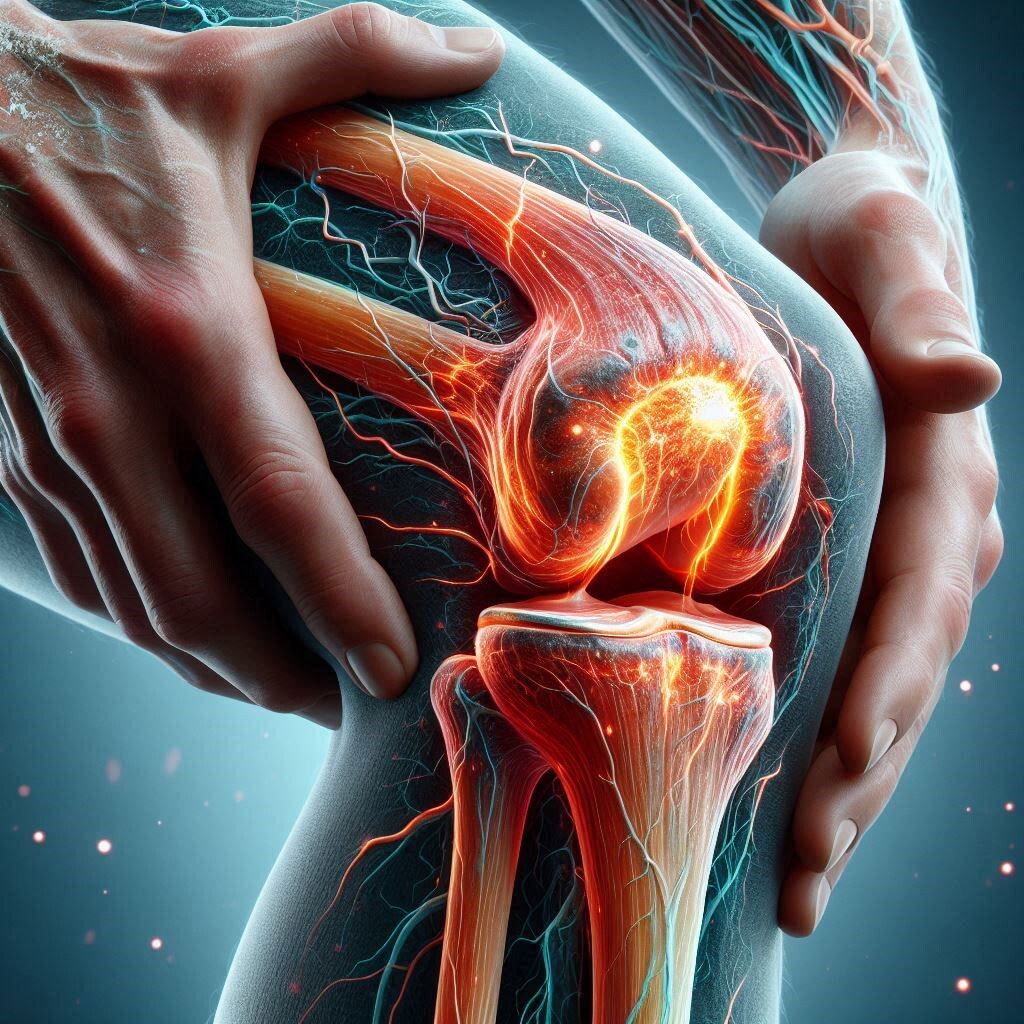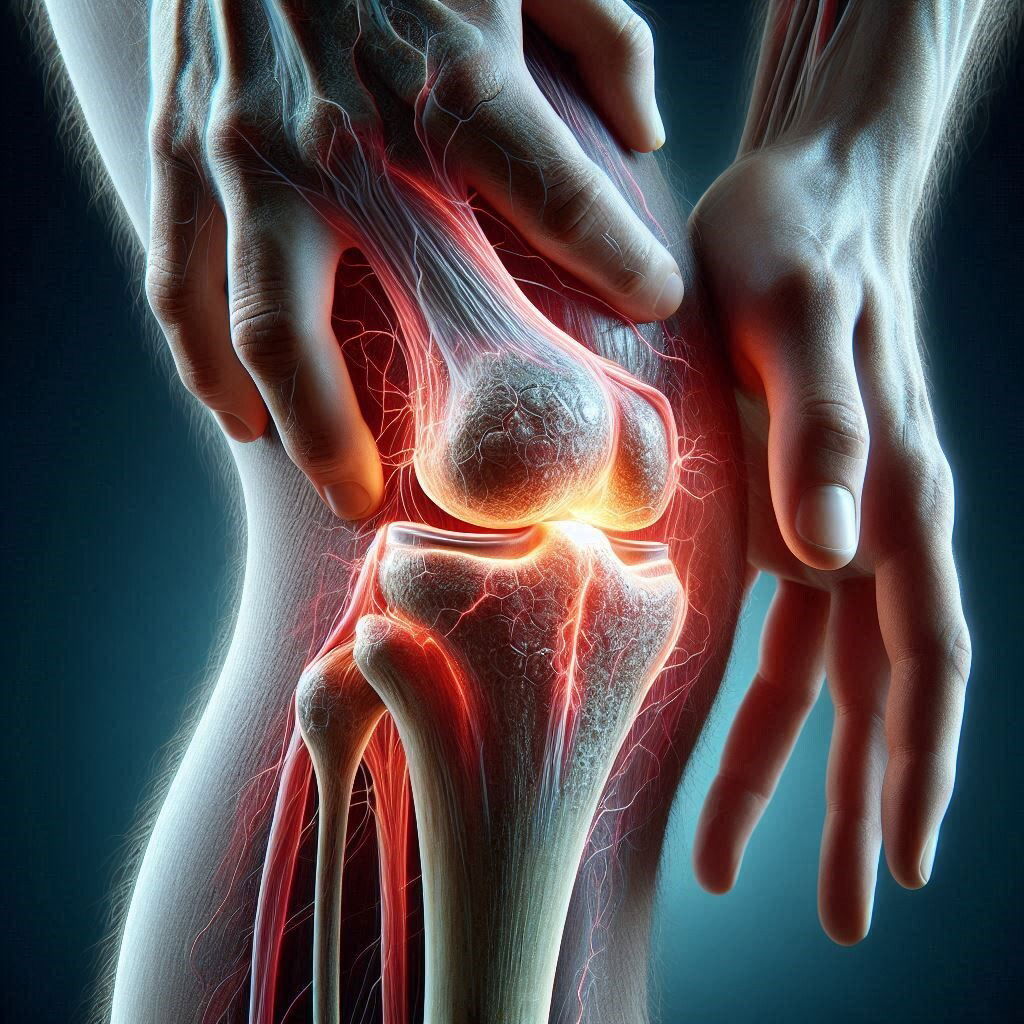Understanding Osteoarthritis As A Disability in the UK: Legal Status and Healthy Aging

Introduction
Osteoarthritis is a chronic health problem that is experienced by millions of people globally. Most people ponder whether osteoarthritis is considered a disability, especially in the UK. This is since the chronic condition has been seen to bring detrimental symptoms that interfere with the daily lives of individuals. I believe it is essential to recognize whether the chronic condition is considered a disability or not. This article investigates osteoarthritis in the UK and how it pertains to healthy aging. Consequently, I discuss the legal status of the chronic condition in the country and resources that are available. By providing this information, this article hopes to help readers who are pursuing either to learn more about a chronic condition that a loved one has or wants to discover opportunities to support someone. Therefore, the article aims to give comprehensive information on managing osteoarthritis and gearing towards healthy aging.
What is Osteoarthritis?
Osteoarthritis is a degenerative disorder that severely affects the joints, bringing about cartilage deterioration, thus leading to pain and losing mobility. The disorder primarily affects the knees, hips, and hands, as the most significant opportunities to interfere with daily activities are noted on the MDCN. In simple terms, it can be described as chronic joint failure, which seems to be aging most in osteoarthritis. The problem has a significant impact such that the NHS notes that one may not necessarily think it has a disability when everyone is aware of it. Symptoms and Diagnoses How Osteoarthritis is diagnosed? Symptoms of osteoarthritis include joint pains and tenderness; stiffness of the joints and the condition also leads to less flexibility. In most cases, the chronic health problem is diagnosed via physical examination, imagination, and reviewing personal past medical history. The Prevalence of the Chronic Condition Is Osteoarthritis prevalent? Prevalently, it is one of the most common types of arthritis and affects millions of people across the globe. Many people have osteoarthritis in the UK, with estimates being that over 8,000,000 people are at this time affected.
Legalization of Osteoarthritis in the UK
As per the UK Equality Act (2010) defines Disability as a mental issue, depression; schizophrenia, neurosis, physic issue of immense disability; acquiring an infection, illness, or disability and disfigurements among others, which are all long-term. Additionally, this health problem has a massive and negative effect on the individual’s everyday life and should be considered a disability.
Is Osteoarthritis a Disability?
Yes, osteoarthritis is considered a disability in the UK provided it meets the requirements of the Equality Act 2010. Legal Protections for Persons with Osteoarthritis Persons with the condition enjoy several guarantees under the Equality Act 2010. Their employers and service providers have to make accommodations and reasonable adjustments.
Navigating the Legal Process
Application for Disability Benefits
In the UK, persons with osteoarthritis can apply for disability benefits depending on the severity of the condition. The applicants need to undergo a series of assessments to qualify for Personal Independence Payment or Employment and Support Allowance.
Workplace Adjustments and Rights
Employers are required to make reasonable accommodations to allow individuals with osteoarthritis to continue working. Examples of reasonable accommodations include appropriate workstations, access to ergonomic peripherals, and flexible working hours.
The Intersection between Osteoarthritis and Healthy Aging
Importance of Healthy Aging
As we grow older, maintaining physical, mental, and social wellness becomes even more important. Conditional management is paramount.
Management of Osteoarthritis for Healthy Aging
Proper management of osteoarthritis involves a combination of medical treatments, lifestyle adjustments, and supportive therapies.
Medical Treatments and Interventions
- Drugs: Common medications are pain relievers, NSAIDs, and corticosteroids.
- Physical Therapy and Regular Exercises: Physical therapy and exercises, including swimming, walking, and strength exercises, play a big role in managing osteoarthritis.
- Surgical Options: In severe cases, surgical interventions like joint replacement may be necessary to alleviate pain and restore mobility.
Ways to Support Osteoarthritis
- Healthy Diet: Nourishing your body with anti-inflammatory foods is a key strategy for managing osteoarthritis. Make sure that your diet includes omega-3 fatty acids, antioxidants, and vitamin D.
- Weight Management: The decreased weight conducted on the joints leads to the decrease of the symptoms and reduces the development of osteoarthritis.
- Physical Activity: Physical exercises not only improve your overall well-being but also help you maintain joint health. Low-impact cardiovascular exercises and strength training are especially beneficial for people with osteoarthritis.
How to Cope with Osteoarthritis
- Support Groups One of the best ways to cope with a disease and get emotional support is to become a member of online and face-to-face support groups, where you can listen to the stories and pieces of advice of other members who have faced a similar issue. Joining a community gives you the feeling of not being alone and demonstrates that you may still have a happy life.
- Visiting a Counselor Though talking to your family members or friends may considerably ease the burden of the disease, sometimes medical help is necessary to help overcome depression or anxiety.
- Assistive Devices As soon as all the supportive devices and products are used, they allow you to be independent, ease your life, and maintain its quality.
FAQ
Q1. Is osteoarthritis a temporary disease?
No, osteoarthritis is incurable and requires long-term treatment. However, because of medical and other treatment options, the symptoms may be subdued for people to lead a life without chronic pain.
Q2. Is it considered a disability in the UK?
Yes, if you have a severe condition of osteoarthritis and it does not allow you to perform daily activities, it may be classified as a disability under the Equality Act of 2010.
Q3. Can osteoarthritis be considered. If it is very severe and affects normal life of an individual?
Yes, osteoarthritis qualifies for disabled benefits since it is considered as an equality disease.
Q4. What can I do to help myself?
Use a balanced diet, exercises on regular basis, control the weight, and use assistive devices.
Q5. Is there any surgery?
Joint replacement is one of the surgeries to replace the worn-out joint, and they helpfully replaced individuals that suffer the pain and limited events.
Q6. What can employers do?
They can adjust the working condition for the employees and help their conditions.
Conclusion
To understand whether osteoarthritis is deemed to be a disability in the UK is vital in order to be aware of the support one can receive and the resources one can access. Legitimate right protection, receiving medical treatment, and some lifestyle changes can allow individuals suffering from the disorder to control the disease and age in a healthy manner. The information provided in the paper can help the affected raise awareness levels regarding the issue and support them in staying in charge of their own lives and stay independent.
